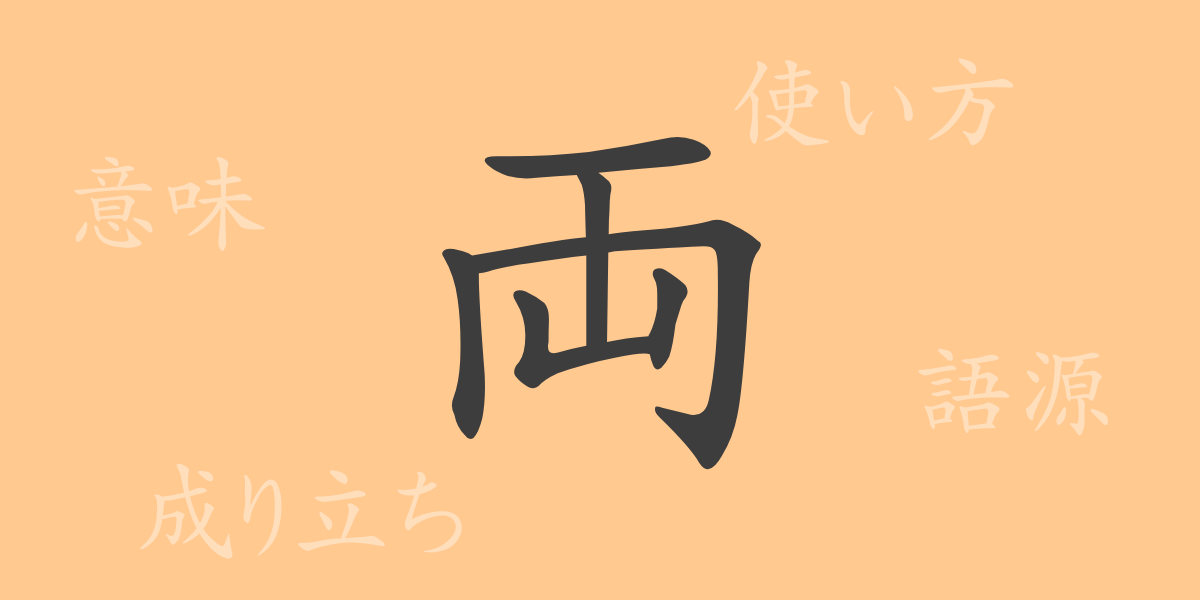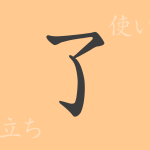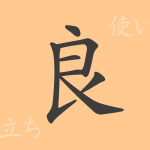Japan’s written culture is rich with 漢字 characters that carry deep meanings and historical significance. Among them, the character 両 is one of the important characters frequently used in daily life. This article will delve into the origins of 両, its meanings and usages, as well as its readings, stroke count, and radicals. Additionally, we will explore the rich expressive power of this character through idioms and proverbs that use 両. Let’s explore the world of 両 together, while appreciating the depth of the Japanese language.
Origins of 両 (ryou)
The 漢字 character 両 evolved from an ancient Chinese pictograph representing the two wheels of a cart. The shape depicted two connected wheels, originally meaning “a pair” or “two as a set.” Over time, this character also came to be used as a term indicating quantity, evolving to include the nuance of “many” beyond the number “two.”
Meanings and Usages of 両 (ryou)
The 漢字 character 両 fundamentally means “a pair” or “two as a set.” It is also known as a unit of weight, where in Japan, one 両 approximately equals 37.5 grams. In everyday conversation, it is commonly used in expressions like 両方, meaning “both,” referring to either of two options. Additionally, 両 can be used to indicate an ambiguous multitude.
Readings, Stroke Count, and Radicals of 両 (ryou)
The 漢字 character 両 is simple yet powerful in its structure.
- Readings: On’yomi (音読み): リョウ, Kun’yomi (訓読み): None
- Stroke Count: 8 strokes
- Radical: 両部
Idioms, Proverbs, and Expressions Using 両 (ryou)
There are numerous idioms, proverbs, and expressions in Japanese that incorporate 両. For instance, 両立 means achieving two different things simultaneously, and 両思い signifies mutual love. The idiom 両手に花 describes a situation where one person enjoys two good things at the same time. A proverb, 両手を広げても暗闇では鳥は捕まらない, teaches that no matter how much effort is put in, success is unattainable if the circumstances are unfavorable.
Summary of 両 (ryou)
The 漢字 character 両 plays a diverse role in the Japanese language, from its shape and origins to its meanings and usages, and through various idioms and proverbs. Beyond merely indicating quantity, 両 holds a significant place in our language, making it an essential element in understanding Japanese tradition and culture. By learning about the profound meanings and backgrounds embedded in each 漢字 character through this article, you can deepen your understanding of the Japanese language.

























